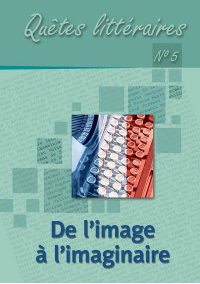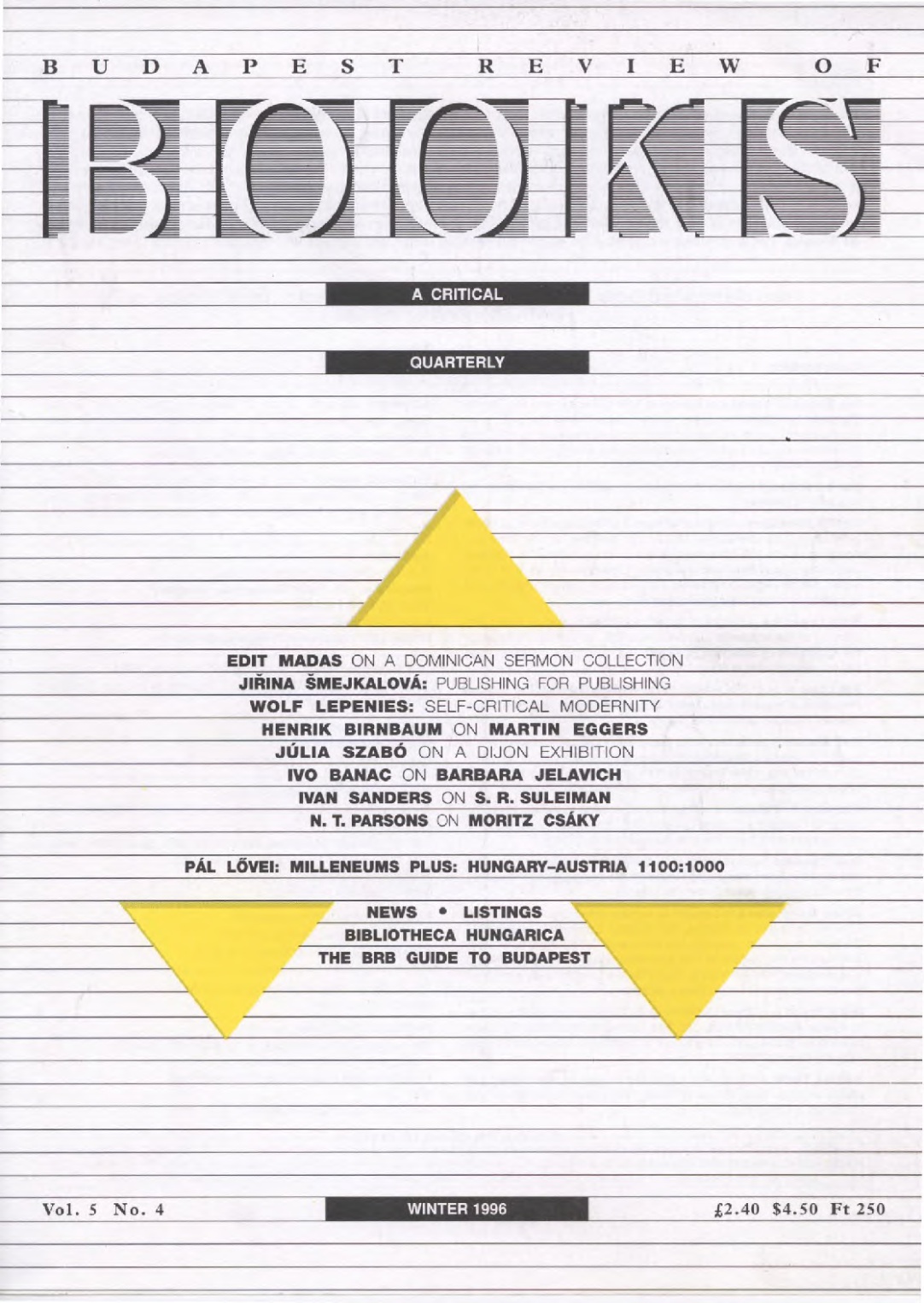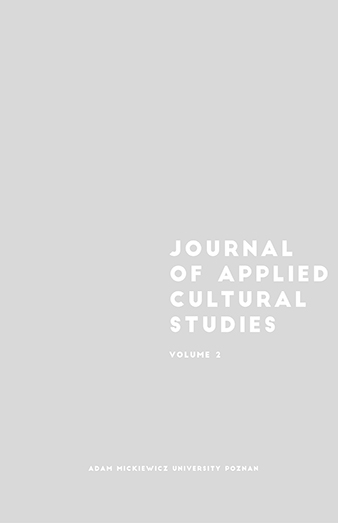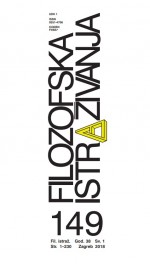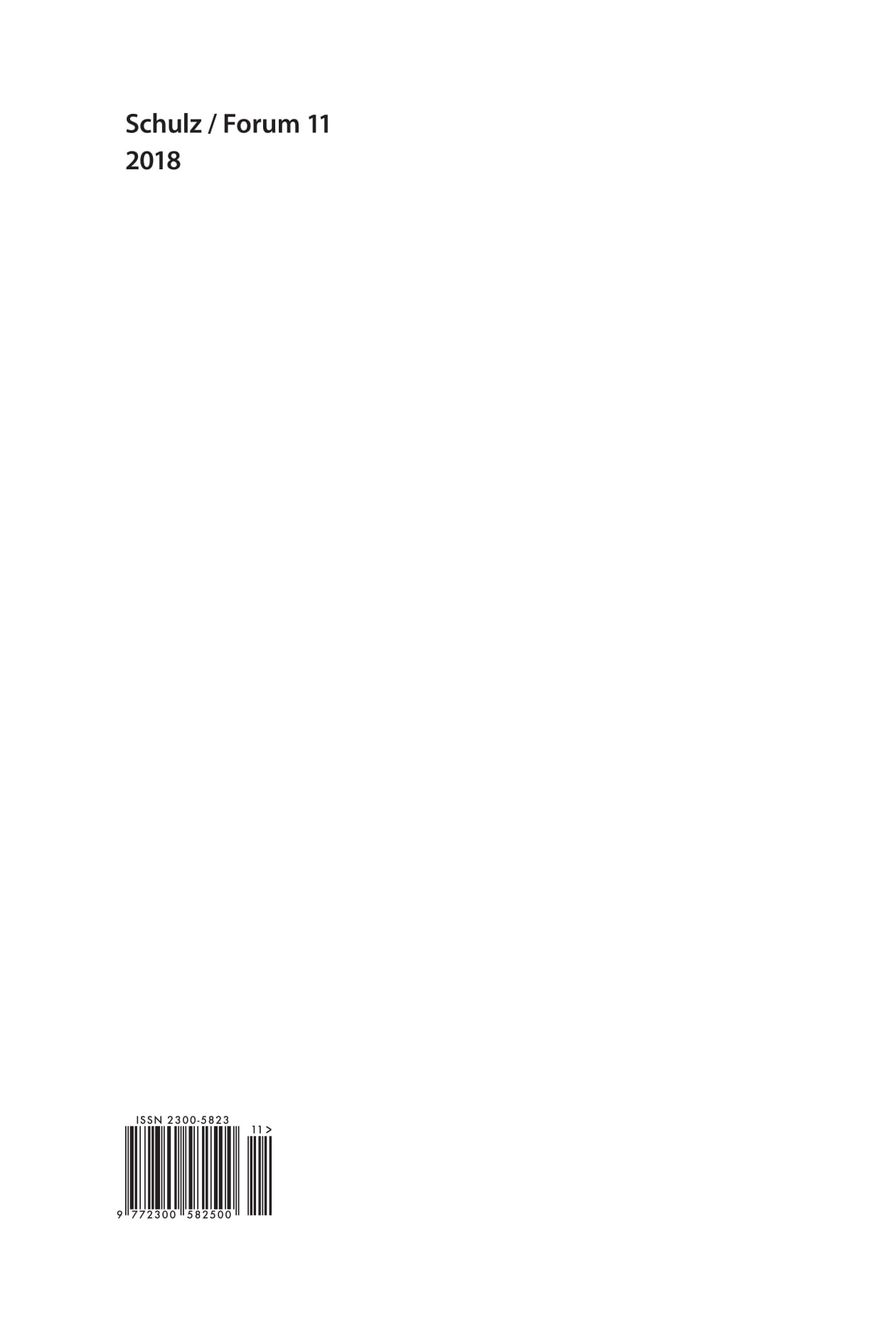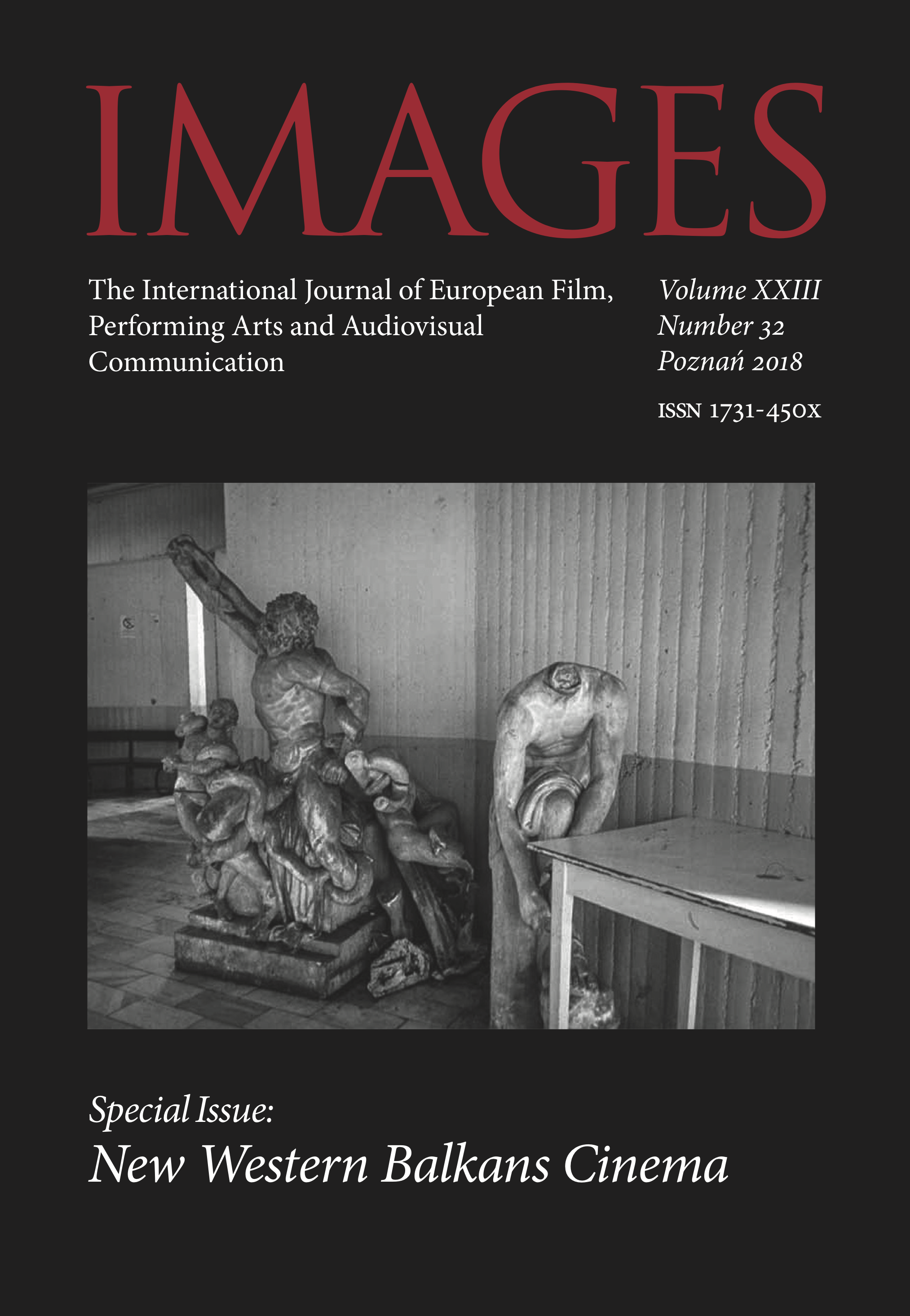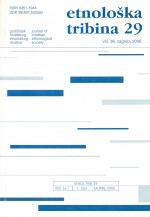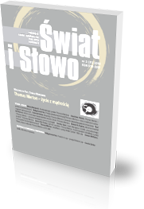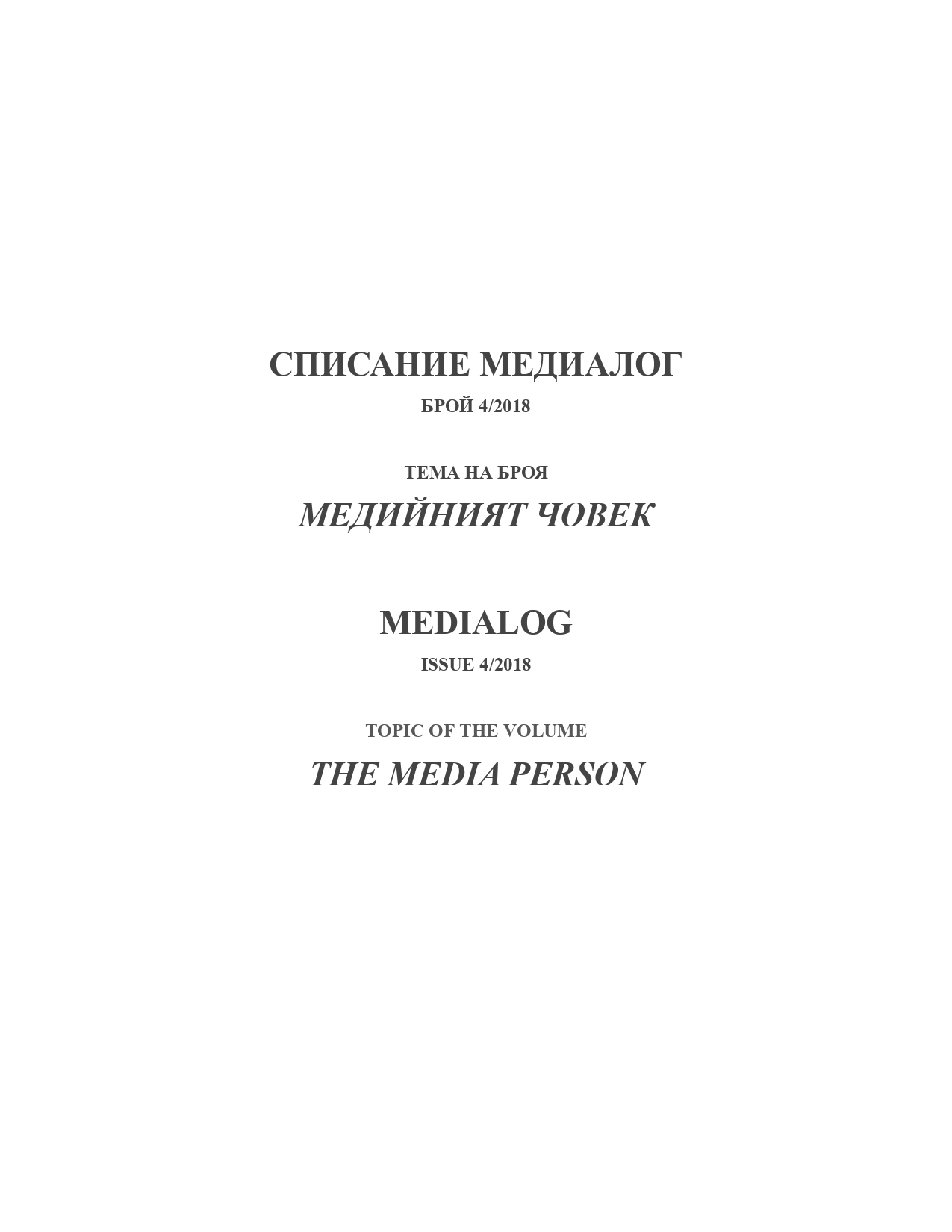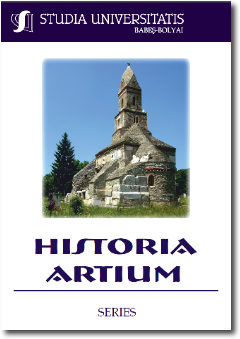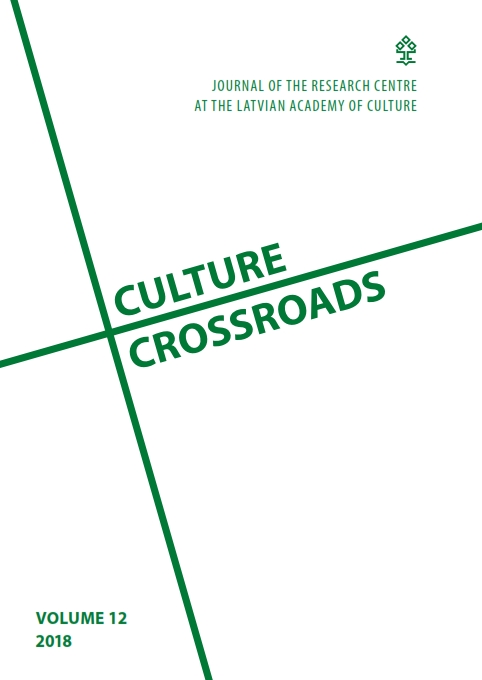Author(s): Vasile Duda / Language(s): Romanian
Issue: 1/2018
Basic Geometric Forms and Primary Colors Associations, from Wassily Kandinsky to Ingo Glass. An inventory of theoretical interpretations, from Wassily Kandinsky to Ingo Glass, was sought and explanations were sought for these interpretations and associations. With the arrival of Wassily Kandinsky at Bauhaus, the theory of the relation between the geometric forms and the primary colors emerged, whereby the yellow color is associated with the geometric shape of the triangle, the blue with the circle, and the red with the square. A test applied to students around 1923 supported this association that influenced the artistic theory of the 20th century. In search of a synthesizer concept, Ingo Glass reinterprets the Bauhaus theory in the nineth decade of the 20th century. In the Ingo Glass artist's view, the yellow color is associated with the triangle, blue is a color that receives expressivity in particular by associating itself with the balanced shape of the square, and red is predominantly related to the expansionist dynamics of the disc or circle. Through this reinterpretation, the artist simplifies the shapes of the sculptural constructions at the triangle, square and circle, and from the chromatic point of view he limits himself to the use of primary colors. The comparison between the two theories made by Peter Volkvein, the director of Ingolstadt's Concrete Art Museum, in 1998 stated the need to determine who is right! The history of the arts was thus given a theme by which to articulate the artistic axiom of the relationship between basic forms and colors. The analysis of this issue has not been transformed into a partisan for one or the other of the two theories because we consider the differences between the two interpretations as the consequence of a socio-cultural evolution and the imprint of the environment in which we have formed our artistic sensitivity. The understanding of Kandinsky's theory and then the acquisition of this point of view within the Bauhaus School is outlined in the cultural context of the early 20th century. The test given to students at Bauhaus revealed a perfectly justified viewpoint and consequently was embraced by the members of the school and the artistic world that followed this experiment. A century away, Ingo Glass changed the interpretation as a result of adapting to a more abstract cultural environment. The reasoning of combining blue with rounded shapes that are specific to the depth of the water and thus to the relationship with centripetal space specific to the circle is close to individuals who lived in a more natural environment at the beginning of the 20th century. The reasoning of square association, as a balanced geometric shape with a static color (in a stable sense), is close to individuals living in a more abstract, more common notion at the end of the 20th century.We therefore consider that these differences of perception are due to the dynamics of perception of the contemporary man. Changing the socio-cultural environment also causes changes in how to perceive the relationship of forms and color, between natural and abstract. To test these issues, a test close to that offered at the Bauhaus School was designed and respondents were the students participating in the National Olympiad of Visual Arts, Architecture and Arts History. So the test has national coverage, but it has been limited to students aged 16-19, qualified at the 2018 National Olympiad, organized in Bistrita. The results were compared with those obtained about ten years ago at the Museum of Modern Art in New York, which showed that 48% of the respondents chose the blue color combination with the rigorous form of the square. The test from Bistrita confirmed an association of the yellow-colored triangle in the proportion of 39%, 36% red, and 24% blue. The circle was associated 39% with red, 37% with yellow and 23% with blue. The square met a majority of 52% for blue, 25% for red and only 22% for yellow. The experiment itself reproblematizes the relationship between the intuitive and rational approach of the contemporary plastic phenomenon.
More...
